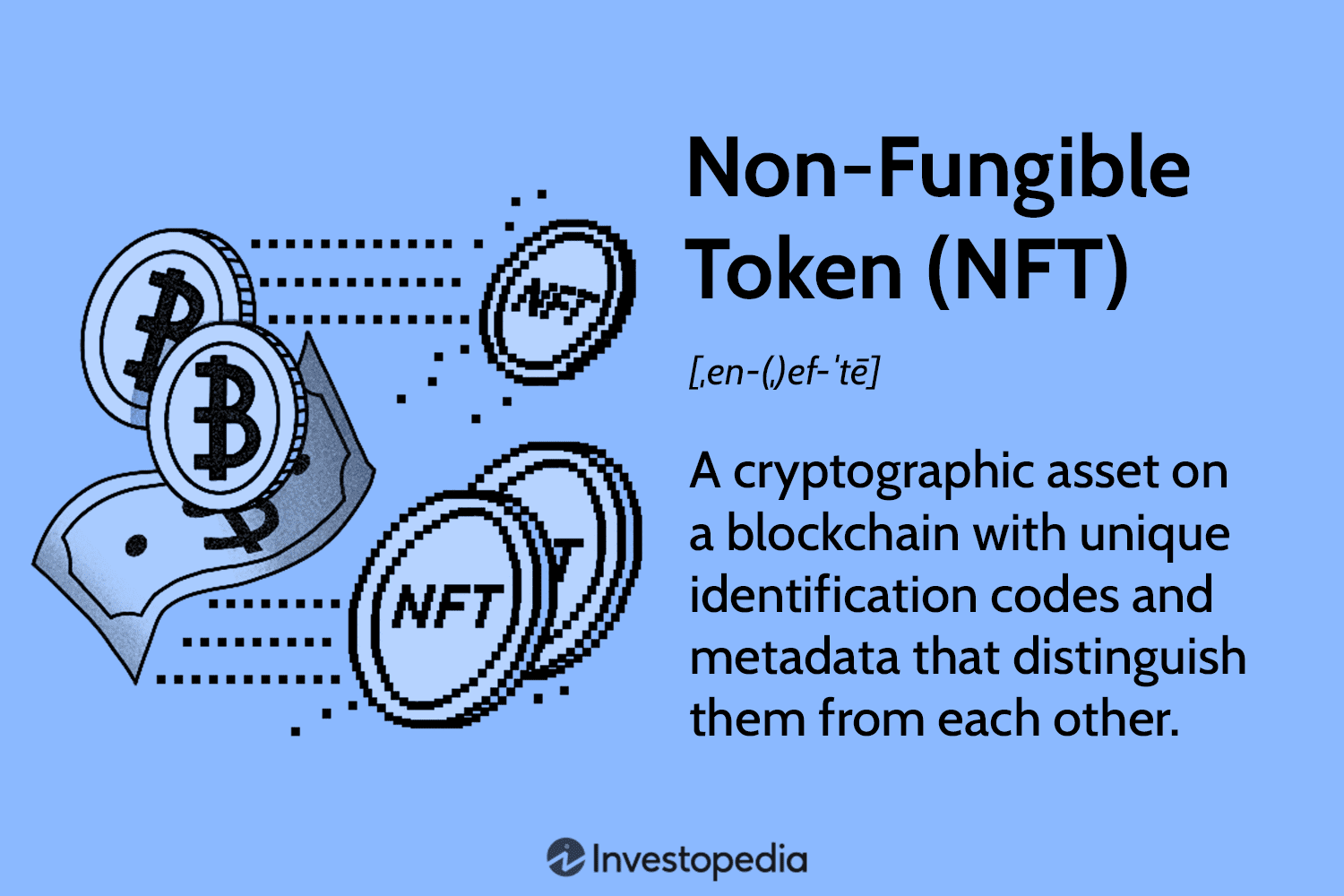Introduction
As digital assets proliferate in the modern economy, non-fungible tokens (NFTs) have emerged as a unique phenomenon, capturing attention as much for their potential as for their pitfalls. This article delves into the fascinating world of NFTs — what they are, how they work, their meteoric rise during 2021, and their significant decline by September 2023.
What Are NFTs?
Non-fungible tokens (NFTs) serve as digital certificates of ownership for unique items, such as artwork, videos, or collectibles, recorded on a blockchain. Unlike cryptocurrencies, which are interchangeable, each NFT holds a distinct value tied to its specific asset.
The History of NFTs
The journey of NFTs began with early projects like “Quantum” in 2014 and matured through the 2017 launch of CryptoKitties, which popularized the concept and demonstrated market potential. The introduction of the ERC-721 standard on Ethereum solidified the technical basis for NFTs and facilitated their rise.
The NFT Market Boom
In 2021, the NFT market exploded with a staggering increase from $82 million in 2020 to approximately $17 billion. High-profile sales, including Beeple’s digital artwork fetchingly auctioned for $69 million, showcased the optimism surrounding this new asset class.
Challenges and Criticisms
Despite their initial charm, NFTs have faced criticism for their environmental impact, legal ambiguities surrounding ownership rights, and market speculative nature, often compared to economic bubbles. By 2022, reports indicated over 90% of NFTs had lost substantial value.
Current Landscape and Future Prospects
As of September 2023, the hype surrounding NFTs has waned significantly, with reports revealing a staggering 95% of NFTs holding no monetary value. The potential for NFTs as tools for innovation in ownership and digital rights remains, but the market must navigate the complexities of regulation and public perception.
Key Takeaways
- NFTs are unique digital tokens representing ownership of one-of-a-kind assets.
- The NFT market saw explosive growth in 2021, followed by a dramatic collapse in 2022 and beyond.
- Challenges include environmental concerns, unclear legal rights, and potential for speculative trading.
- The future of NFTs may hinge on achieving sustainable practices and clearer regulations.

